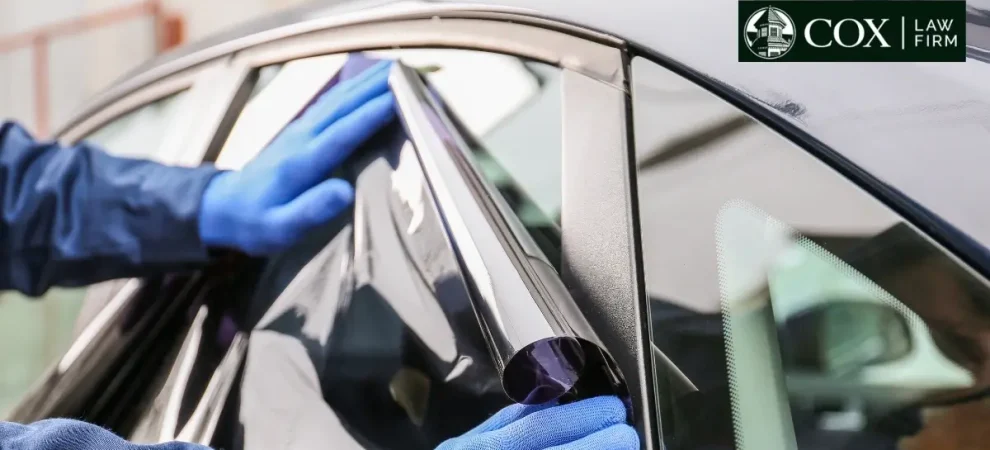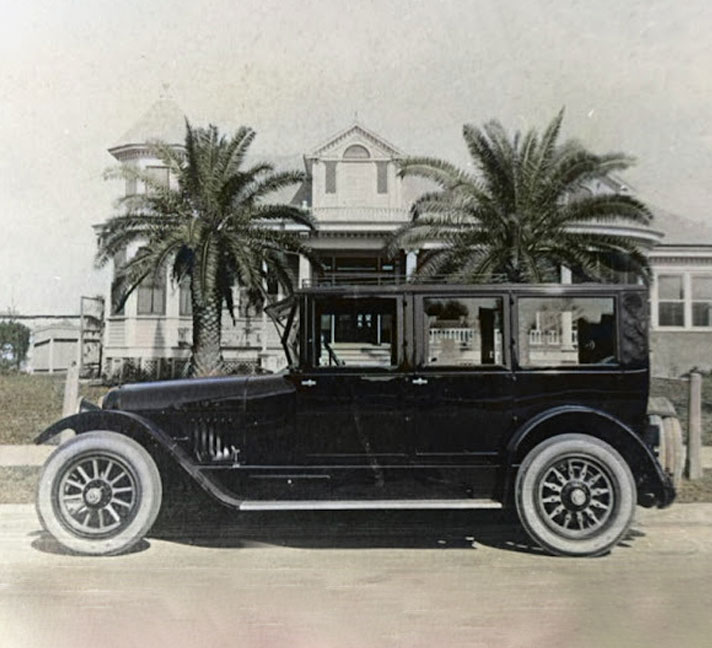Louisiana Window Tint Laws – All You Need to Know

Louisiana, like other states, requires that the windows for vehicles on the road allow in a certain amount of light. Manufacturers and drivers have a responsibility to ensure their vehicles comply with the Louisiana window tint laws. These laws allow for safer roads. Understanding the laws can also help you avoid fines or penalties.
What Are Window Tint Laws For?
Window tint has several uses, such as limiting the glare of sunlight and reducing the heat in a vehicle. Window tint laws prevent window tints from being too dark and limit how reflective they can be. Dark window tints can make it harder for drivers to see. Studies have shown that window tint is a possible cause of accidents, as it affects visual acuity. Highly reflective windows can affect the visibility of others on the road.
Low-light transmission tints and high reflectivity also make it harder for law enforcement officers to perform visual inspections of a vehicle when it is parked or during a traffic stop. Low window tints can inhibit investigation and prevent police officers from establishing probable cause to conduct a search.
Understanding Window Tints and Vehicle Restrictions
A window tint percentage is dependent on the amount of light transmission it allows. A high-percentage tinted window is lightly tinted because it allows more light transmission. In Louisiana, the majority of passenger vehicles cannot have any obstructions over the windows unless they meet the following requirements:
- A sun visor that is opaque and adjustable, and not attached to the windows
- A material on the top of the windshield that does not extend lower than five inches, is transparent, and is neither amber nor red
- Window tint glazing on the front side windows that has a light transmission of at least 40%
- Window tint glazing on the back side windows with a light transmission of at least 25%
- Window tint glazing on the rear window that has a light transmission of at least 12%
Louisiana laws also limit reflectivity, requiring that all these windows have a reflectivity of no more than 20%.
Vehicles With Different Window Tint Requirements
Certain vehicles have different window tint requirements for rear windows and side back windows. While the windshield and front side windows must still meet the prior requirements, these other windows can use any level of window tint. Vehicles that have these other requirements include:
- Trucks
- Motor homes
- Busses
- Trailers
- Multipurpose passenger vehicles, including both vans and SUVs
- Vehicles that are publicly owned, law enforcement vehicles
The reflectivity requirements are the same for these vehicles as for other passenger vehicles.
Window Tint Medical Exemptions
There are allowances for those with medical conditions that require limited sun exposure. Individuals with albinism, lupus, photophobia, porphyria, and other conditions can get an exemption for vehicles registered under their name or for a vehicle used by a spouse or family member if the qualifying individual uses the vehicle significantly.
In order to get this exemption, you must be diagnosed by a licensed physician to show that this exemption is necessary and file an affidavit. The certificate of exemption must be kept in the vehicle to present to law enforcement.
Consequences for Noncompliance With Louisiana Window Tint Laws
It is a violation of road laws to drive a vehicle with too-low light transmission or too-high reflectivity without exemption. The violation can lead to a fine of up to $150 for drivers, and this fine increases with each subsequent violation, up to $350. If you are driving a vehicle in Louisiana, it is important to check the vehicle’s certification to ensure that it meets the requirements.
Manufacturers can also face fines for vehicles that do not meet window tint laws. A first offense results in up to $1,000 in fines. This fine increases after subsequent violations. A third violation conviction results in the company being prohibited from continuing its business. Vehicle manufacturers, distributors, sellers, and window installers can be impacted by these laws.
FAQs
What Is the Darkest Legal Tint in Louisiana?
Louisiana limits how dark the tint on vehicle windows can be, but the legal tint varies depending on what window in the vehicle it is, the type of vehicle, and what the vehicle is used for. The front windshield can only be obstructed by an adjustable sun visor and a transparent material at the top of the windshield. Side front windows must have a light transmission of at least 40%, while back-side windows need a light transmission of 25%.
Will a 15% Tint Get Me Pulled Over?
In Louisiana, a 15% tint could get you pulled over and lead to fines and penalties, depending on where the tint is and the vehicle you are driving. 15% tint is allowed in most vehicles on the rear window, which requires a light transmission of 12% or more. However, all other windows in most vehicles require much higher light transmission, usually 20% to 40%. The tint on the back side and rear windows can be lower in specific vehicles.
How Dark Is a 35% Tint?
A 35% tint for a vehicle window is a fairly dark tint, but it still lets in enough light to see. Though it can be considered a medium tint visually, it blocks 65% of the incoming light. In Louisiana, 35% light visibility is not allowed on the windshield or front side windows of the majority of personal vehicles. However, it is allowed in the back-side windows and rear windows.
Can You Get a Tint Exemption in Louisiana?
You may be able to get a tint exemption in Louisiana, allowing you to have darker tinted windows in your vehicle if you have qualifying medical conditions. This includes conditions like albinism, photophobia, porphyria, and lupus, as well as other conditions. If you have a qualifying condition, your registered vehicles and the vehicles you use often that belong to a spouse or close family member can be exempt. Law enforcement vehicles are also exempt from window tint laws.
Find an Experienced Attorney for a Car Accident
If you are in a car accident and the accident was the result of illegally tinted or reflective windows, the driver or the manufacturer could be held accountable for your injuries. It is important to approach a car accident claim with a dedicated attorney who understands how traffic laws impact a claim and fault in an accident. Contact the Cox Law Firm today to schedule a consultation and learn how we can help
Request Your
Free Consultation
Fields Marked With An “ * ” Are Required

